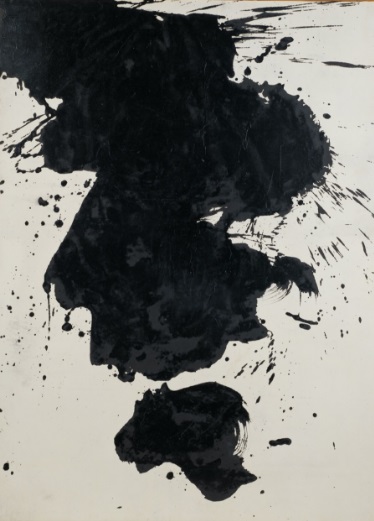A feverish Era in Japanese Art: Expressionist Abstraction of the 1950s-1960s
Exhibition

13 October 2016 - January 2017
Open from tuesday till sunday: 10am - 6pm
On thursday open till 9pm
Bozar
Ravensteinstraat 23, 1000 Brussel
Description
The era is characterized by works that emerged out of a blend of various artistic genres such as Nihon-ga (Japanese-style painting), Western-style
painting, and crafts. The exhibition will examine this phenomenon through approximately 80 works (paintings, sculptures, calligraphy, ceramics, and
textiles).
Sections of the exhibitions:
1. Works related to the Gutai Group
2. "East and West, Modern and Traditional", examining how artists working in genres such as Nihon-ga (Japanese painting) and textile weaving and dyeing,
which were seen as quintessentially Eastern, began to incorporate modern art from the West
3. "Local and Global", examining local and global issues, which apply to the contemporary era but are also universal propositions
The exhibition will not only present works of expressionist abstraction that emerged in Japan at the time, it will also re-examine the entire Art
Informel phenomenon and its art-historical, social and political significance in both Japan and the West. The exhibition will also provide viewers
with an opportunity to consider universal, contemporary issues that exist in every country such as the harmony and conflict between dichotomies such as
East and West, traditional and modern, and local and global.
Japan's first encountered revolutionary form of expression that symbolized the new post-war era with the introduction of Art Informel in 1956.
"Art Informel" referred to a comprehensive aesthetic formulated by the French art critic Michel Tapié in 1951 to describe the expressionist abstractions
that had simultaneously emerged throughout postwar Europe (Tapié used the term "un art autre" or "art of another kind"). Though Art Informel did not originally
refer to a given style or movement, due to the fact that many of the pieces that Tapié heralded as the embodiment of the aesthetic were characterized by
violent actions, vivid materiality, and a collective structure, the works came to be seen as a new phase in abstraction. Rather than the "cool" geometrical
abstractions that had occupied the mainstream in prewar Japan, these works came to be known as "hot" abstractions. This prompted an explosion of
expressionist-style abstraction throughout the art world, including not only Western-style oil painting, which had first been transmitted from Europe along
with modernism in the 19th century, but also traditional Japanese fields of expression such as Nihon-ga (Japanese-style painting), ceramics, and ikebana
(flower arrangement).
To commemorate the 150th anniversary of diplomatic relations between Japan and Belgium in 2016, the exhibition will be held in both countries as a collaborative project.
Entry Fees
€ 14 – 12
-26, on wednesday: € 2
Further Information: URL
